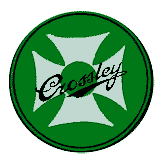The Crossley 20 hp was introduced in 1909. It became the 20/25 in 1912 and continued until it was replaced by the 25/30 in early 1919.
The number made for civilian use is not known but is estimated at 2100. At least 6000, possibly as many as 10,000, were made for military use. Before about 1919 chassis numbers were not segregated by model type and are in the range up to 12000. Many ex-RFC tenders were later re-bodied as cars or buses and possibly given new civilian chassis numbers.
The engines were numbered and date stamped and engine numbers and chassis numbers were close but not usually identical. As an example, engine number 11152 is stamped July 1918.
Front wheel brakes using the Allen-Liversidge system were introduced in 1909. The front and rear brakes were not coupled, rather the foot brake controlled the front and the handbrake the rear. They proved very troublesome causing issues with the front axle, springs and chassis.. A re-designed front axle was fitted in 1911 but this did not overcome the problems and the car reverted to rear-wheel only brakes in 1912.
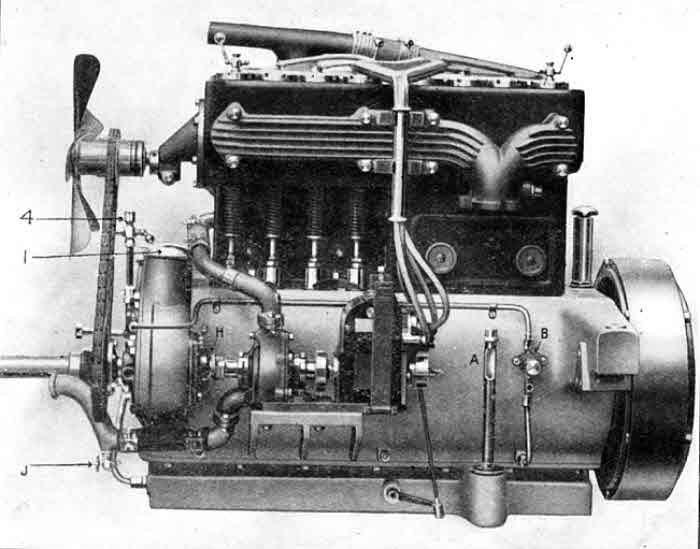
BODY STYLES
Cars
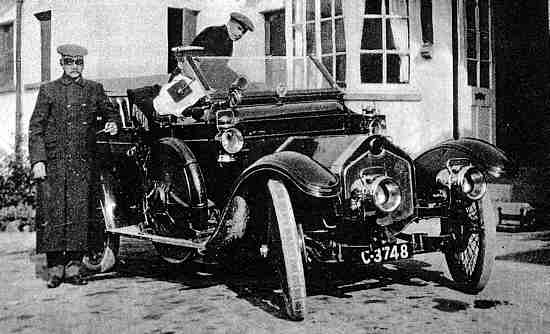
A 1910 20hp with front wheel brakes. (Unusually we know the chassis number for this car, 710, with engine number 709.) (Photo - Donald Chadwick)
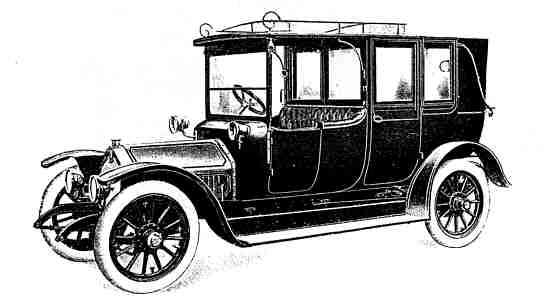
20hp with Mann Egerton Three-quarter Landaulette body
£640 (1912)
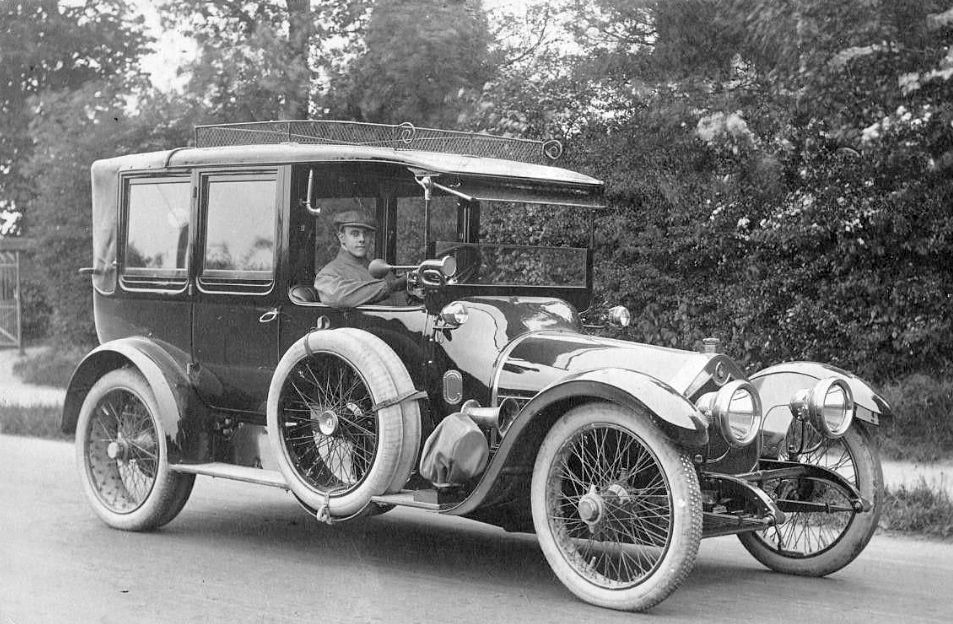
20/25hp Landaulette. This car is fitted with twin-tyred rear wheels
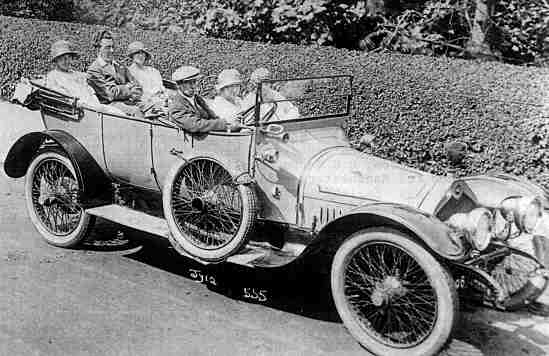
20/25 5-seat tourer
Military and Commercial
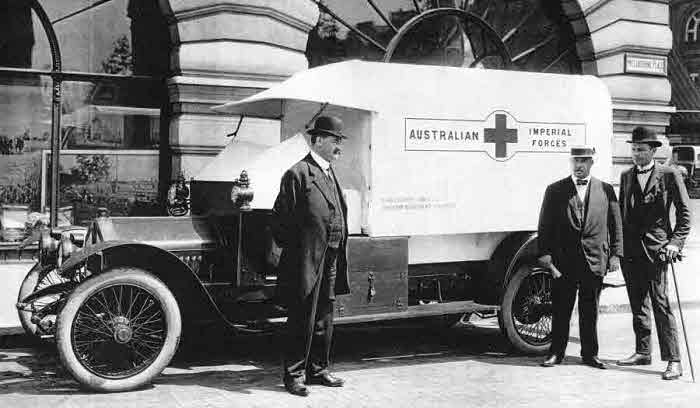
20/25 Tender with ambulance body
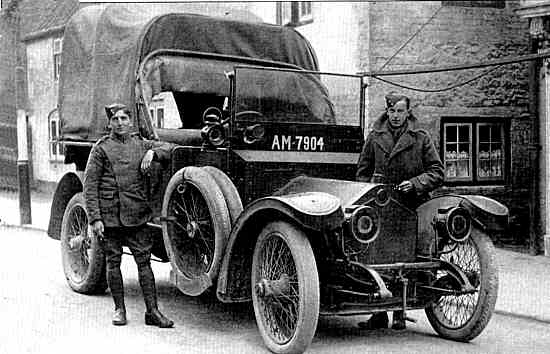
20/25 Tender with light lorry body
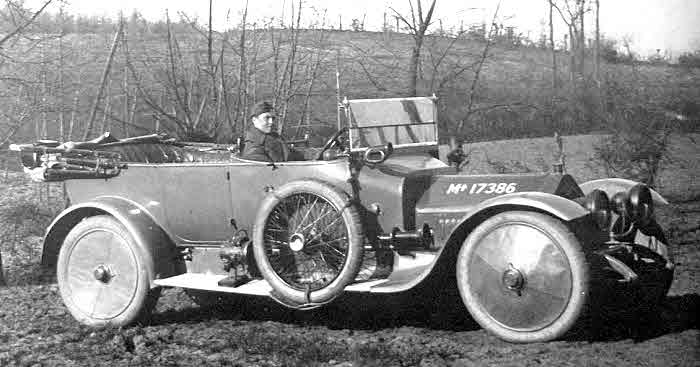
20/25 Staff Car. The wheel discs were frequently fitted to help keep the spoked wheels clean.
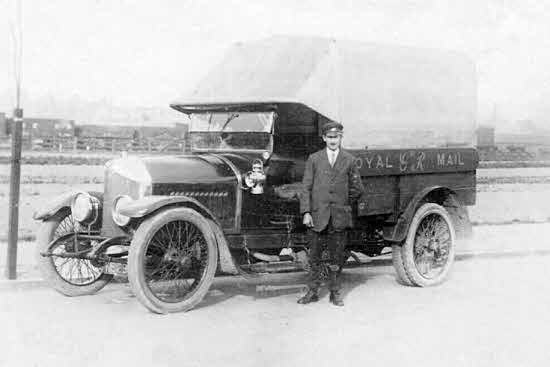
20/25 in use by the Royal Mail. The registration number.starting with NE is from Manchester.
Many cars were supplied in chassis only form to independent coach builders. The above are a selection of the body styles produced by Crossley and other coach builders
In 1912 the chassis only was priced at £450.
SPECIFICATION
25/30 (early) - 44 bhp at 1500 rpm
25/30 (later) - 47.5 at 1000rpm
25/30 (final) - 65 bhp
25/30 (low compression) - 30bhp
(16-18 litres/100km)
straight cut bevel gears
ratio of 4:1 and others
(front brakes optional between 1909-12 on 20hp.)
Twin rear tyres spoked to a single Rudge hub
on many military versions.
